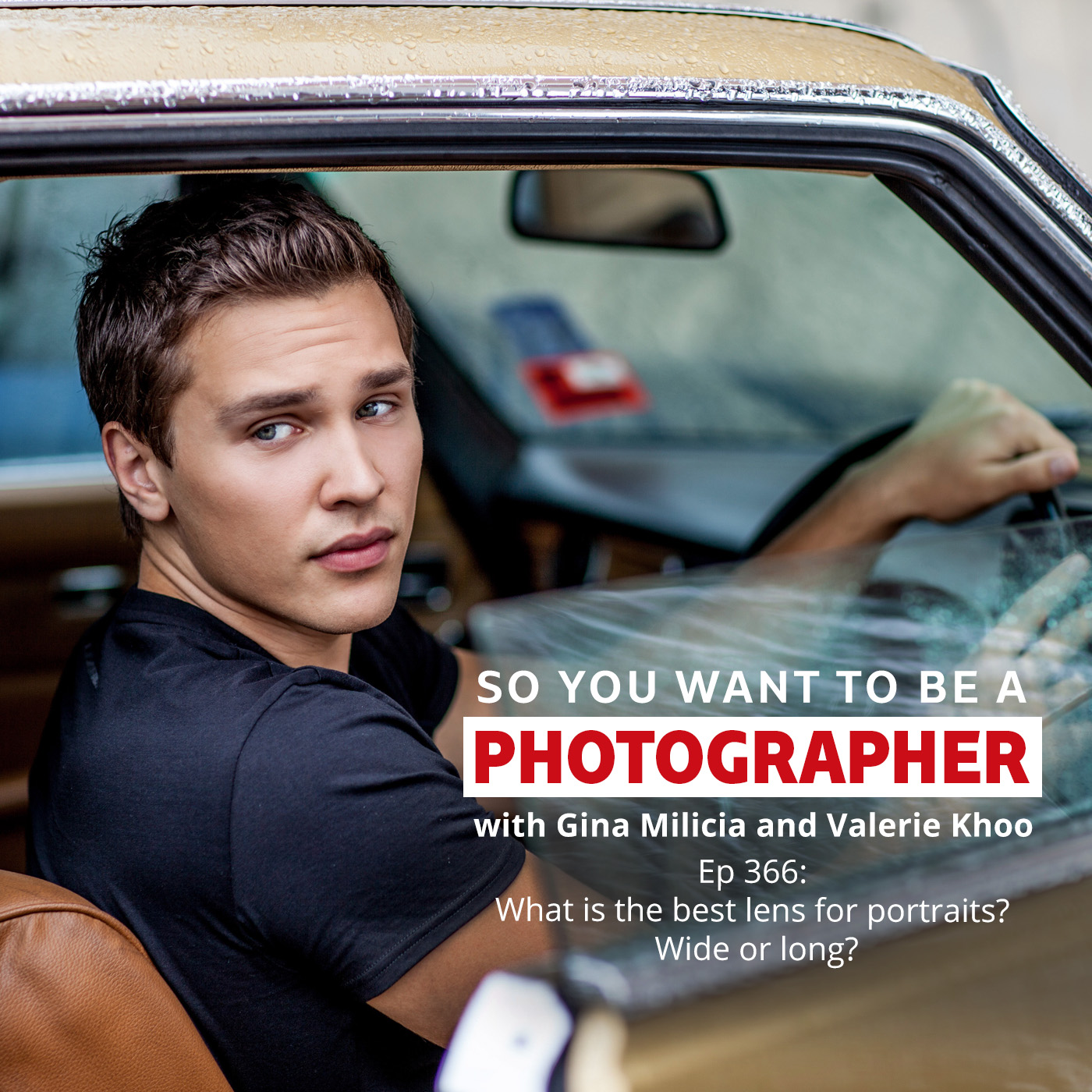
You can take the guesswork out of which lens to use after listening to this episode. You’ll discover how to determine the ideal lens for your portraits in every situation. Do you need to go wide or long? Lens choice and proximity to your model can make a huge difference to how your images and model will look in an image. This week we discuss the different focal lengths and when and why to shoot wide vs long.
Gina and Valerie hope you enjoy the podcast. Sign up to the newsletter for great tips and free Lightroom presets at GinaMilicia.com. Join the dynamic Gold Membership in our Community which delivers monthly tutorials, live mastermind and lots of behind the scenes videos into the creative process.
Gina and Valerie hope you enjoy the podcast.
Sign up to the newsletter for great tips and free Lightroom presets.
Join the dynamic Gold Membership in our Community which delivers monthly tutorials, live mastermind and lots of behind the scenes videos into the creative process.
Connect with us on Instagram @valeriekhoo @ginamilicia
Click play to listen to the podcast or find it on iTunes here. If you don’t use iTunes you can get the feed here, or listen to us on Stitcher radio.
Wide or long?
Lens choice and proximity to your model can make a huge difference to how your images and model will look in an image.
This week we discuss the different focal lengths and when and why to shoot wide vs long.

Lens choice and proximity to your subject will have a big influence on how your portraits will look
A focal length of 50mm has the least distortion and is the closest representation of what people really look like which is why this is the focal length of choice at passport offices.
A focal length of 200mm compresses facial features and is the most flattering making this focal length a favourite amongst portrait and fashion photographers.
Longer focal lengths of 85mm and higher compress facial features and are more flattering.
A focal length of 50mm is the most accurate representation of a face.
A focal length under 50mm tends to distort facial features, making these focal lengths ideal for character shots.
I love working with a focal length between 85mm and 200mm for most of my headshots because I think it’s the most flattering. The closer the camera is to the model, the greater the lens distortion will be.
Many video bloggers and selfie lovers prefer the lens distortion caused by wide angle lenses.
An iPhone has a lens that is roughly equal to a 29mm f16 lens on a DSLR
It makes the face look slightly narrower than a longer lens does.
I’ve noticed that many younger models have body dysmorphia and prefer wider lenses for portrais
Benefits of shooting with longer lenses
A longer lens will have a narrower angle of view

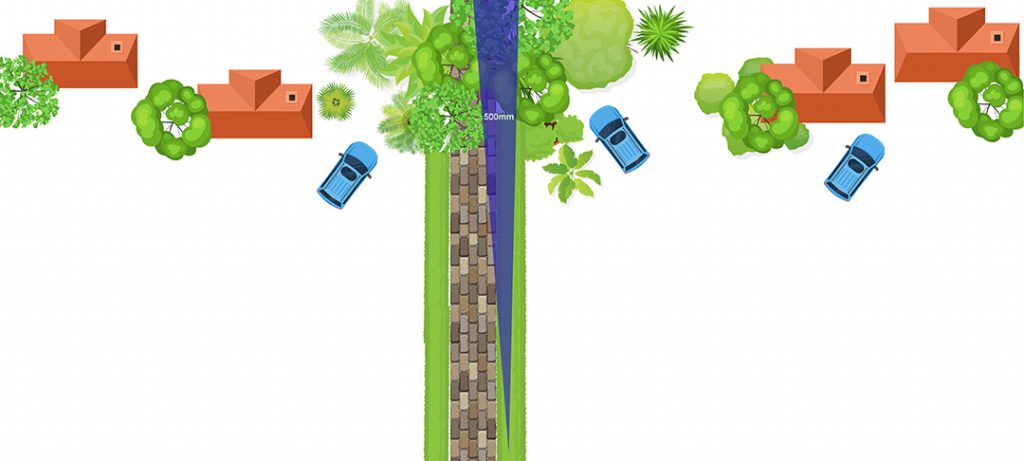
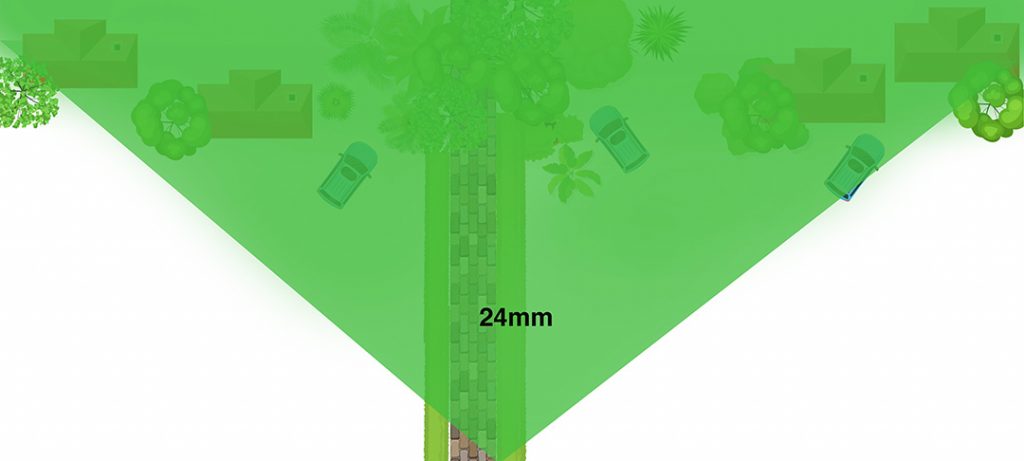
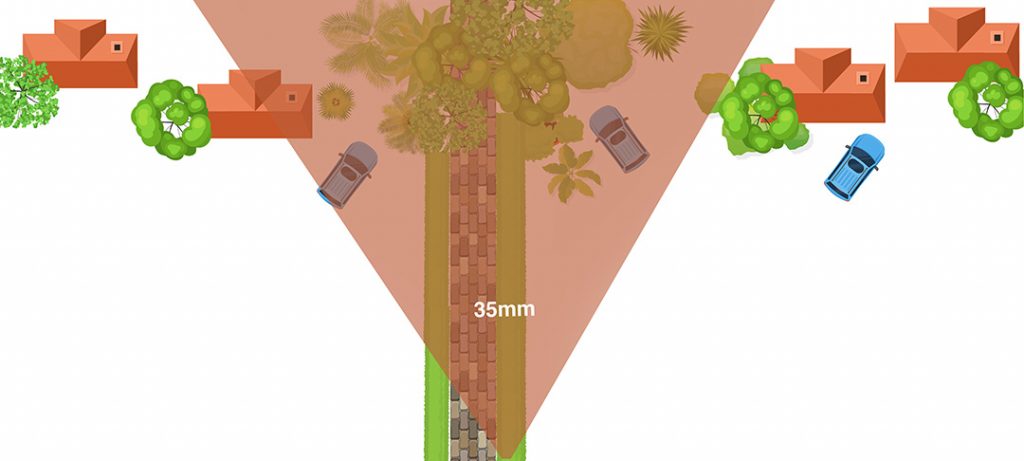
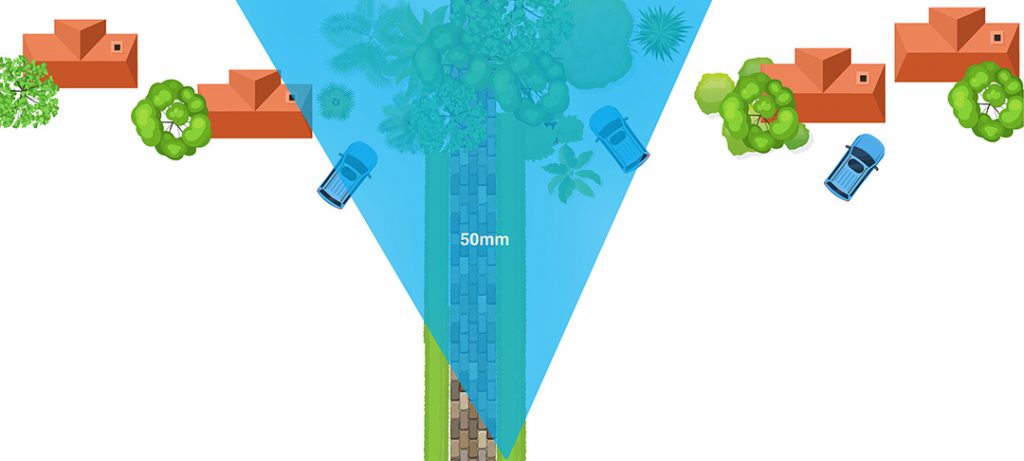
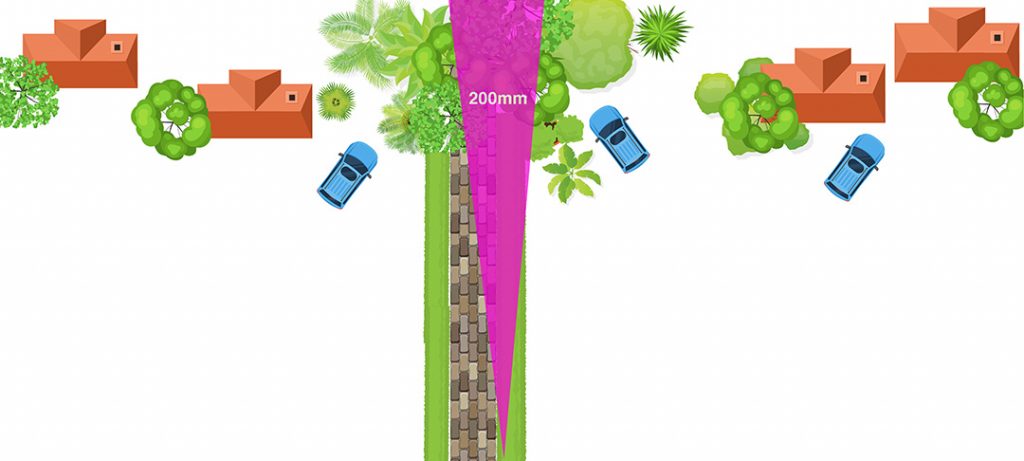
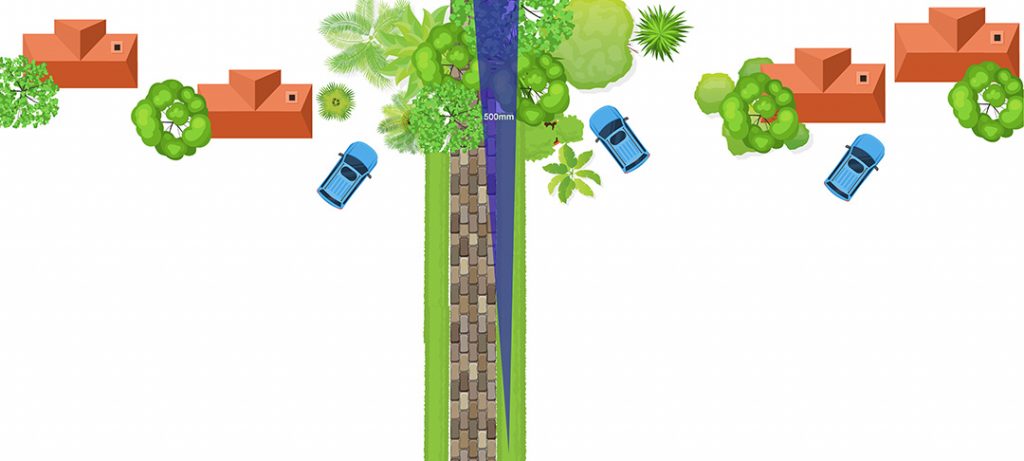
Longer lenses also create greater compression so if you want to create more blur in your background use a longer lens
Portrait
Handheld vs tripod
- Handheld 1/125th sec
- Tripod 1/15th
- Select a faster shutter speed when shooting portraits of animated subjects
Lens choice?
- Under 50mm means you need to be very close to your model to fill the frame
- I’m practically on top of my models when I shoot headshots at 35mm
- Beware of distortion caused by wider lenses
- Longer lens gives more “reach” and is more comfortable personal space
- Longer lenses can feel disconnected
- Shorter lenses make you feel like you are in a person’s energy
Documentary/street Photography
- Documentary photography is all about capturing that moment in time. It requires a completely different approach than that of portrait photography.
- Some of the best images in history were captured in a millisecond.
- Portrait and landscape photography you have time to compose and focus images. In documentary photography you don’t have that luxury.
- The best documentary photographers shoot intuitively and are not fumbling with focus, aperture or shutter speed. They don’t have time. Their camera becomes more like a point and shoot system.
- Spend as much time as possible getting to know your camera.
Get to know what all the buttons and dials do.
Learn to read and see light
Learn about composition
Get off the train 1 stop earlier or go for a walk in your lunch hour and peel potatoes - Documentary photographers also use the fastest focus system in the world. It focuses in a nanosecond, no lag, in low light, no light, back lit, moving subjects. It’s amazing!
- Moving focus points helps and I’ve taught myself to do it really quickly but using
A technique called prefocus is a game changer.
- If you are a street photography purist then the image should be captured in one frame
- Inconspicuous
- Mirrorless and smaller lens works well.
Wider focal length allows you to capture the action and more of the scene. - The other advantage of using wide lenses when shooting street photography is the wider field of view and greater focus area.
- When I first started shooting street I used my portrait photography techniques which were slow and deliberate. I often picked low ISO. longer focal lengths and shallow depth of field.
I could get ok shots using this technique but missed lots of great images - Lately I’ve been experimenting with prefocusing.
- Moving focus points helps and I’ve taught myself to do it really quickly but using
- A technique called prefocus is a game changer.
Pre-focus technique
- Set your camera to autofocus
- Focus on an object 2 meters or 6 feet in front of you. I use a light pole or fire hydrant or garbage bin
TIP: your arm spread is the same as your height
Carry a tape measure
- Once you have an image in focus switch AF OFF and don’t touch the focus ring
Depth of Field
- A shallow depth of field is used when you want to isolate your subject from the background (portraits).
- A large depth of field is used when you need every part of the frame in focus (products and landscapes)
A large aperture (small f-number) such as f/1.4 or f/2 will produce a short or shallow depth of field, while a small aperture (large f-number) such as f/11 or f/16 will give you focus over a longer distance.
AUSSIE SLANG
Budgie smugglers – speedos


